Mary’s eternal lotus pond
This post is about the Ancient Lotus Pool in Baoding. I also visit a Catholic church that is located close to it.
Today, I went to what seems to be the main attraction of this city: the Ancient Lotus Pool of Baoding 故莲花池.
This structure originally dates back as far as the Tang-dynasty.
Since then, reconstructions and renovations have change it many times over. But still, I liked it.
I liked the atmosphere. It was quiet and relaxed – which is a bit hard to come by in any Chinese city.
I’m not sure what it would have felt like to be here during the peak of the tourist season, though. Or during a time of bad air, when the pollution descends upon the land.
Either way, today it was quite nice.
On the way back from the Ancient Lotus Pool I noticed a Catholic church on the other side of the park. I decided to go and take a look.
The church was a little bit like the Lotus Pool: quiet and laid back. There didn’t really seem to be very much to look at.
But I didn’t mind.
The thing is, I always get a funny feeling when I’m around manifestations of Christianity in China: I suddenly feel like some sort of expert.
Of course I’m not really an expert. And I know that this kind of feeling is totally immature. But I imagine it could be the same for an East Asian person who is confronted with Buddhism in a European country.
It just feels a bit weird.
When Saint Paul is holding up a Testament in Chinese, is that like Richard Gere chanting “Om mani padme hum”?
I found a blackboard inside the courtyard with a drawing of the Virgin Mary on it. I liked the colors and the arrangement of the characters in columns and in rows.
What I especially liked was the fact that it was done in chalk. Whoever had created it had not meant for it to last forever.
Eternity is a scary thing to think about when you’re in a miniature hotel room with no windows and a damp smell to it, and the night keeper is outside snoring like a dying bear.
When there is all this road ahead.

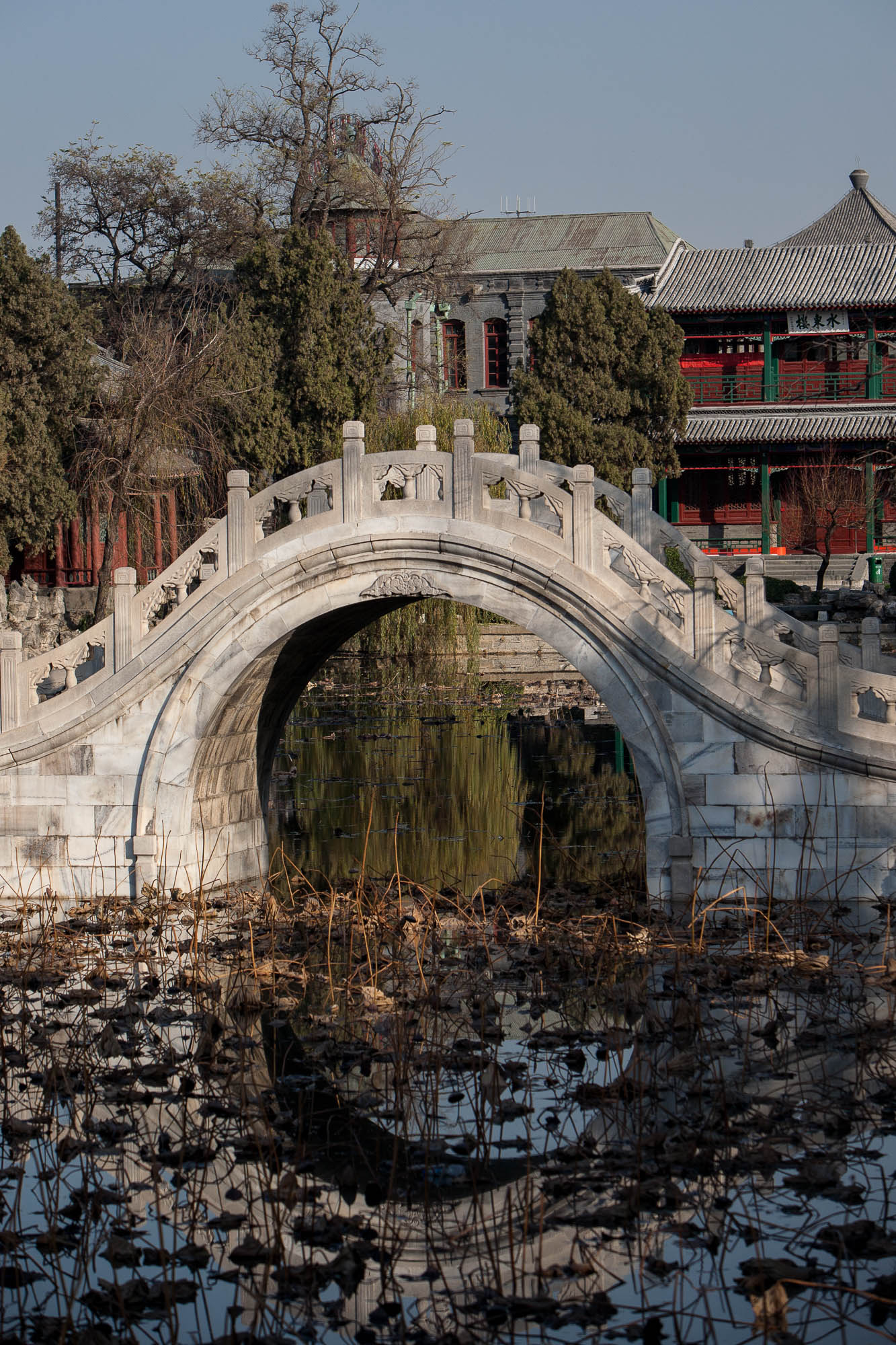
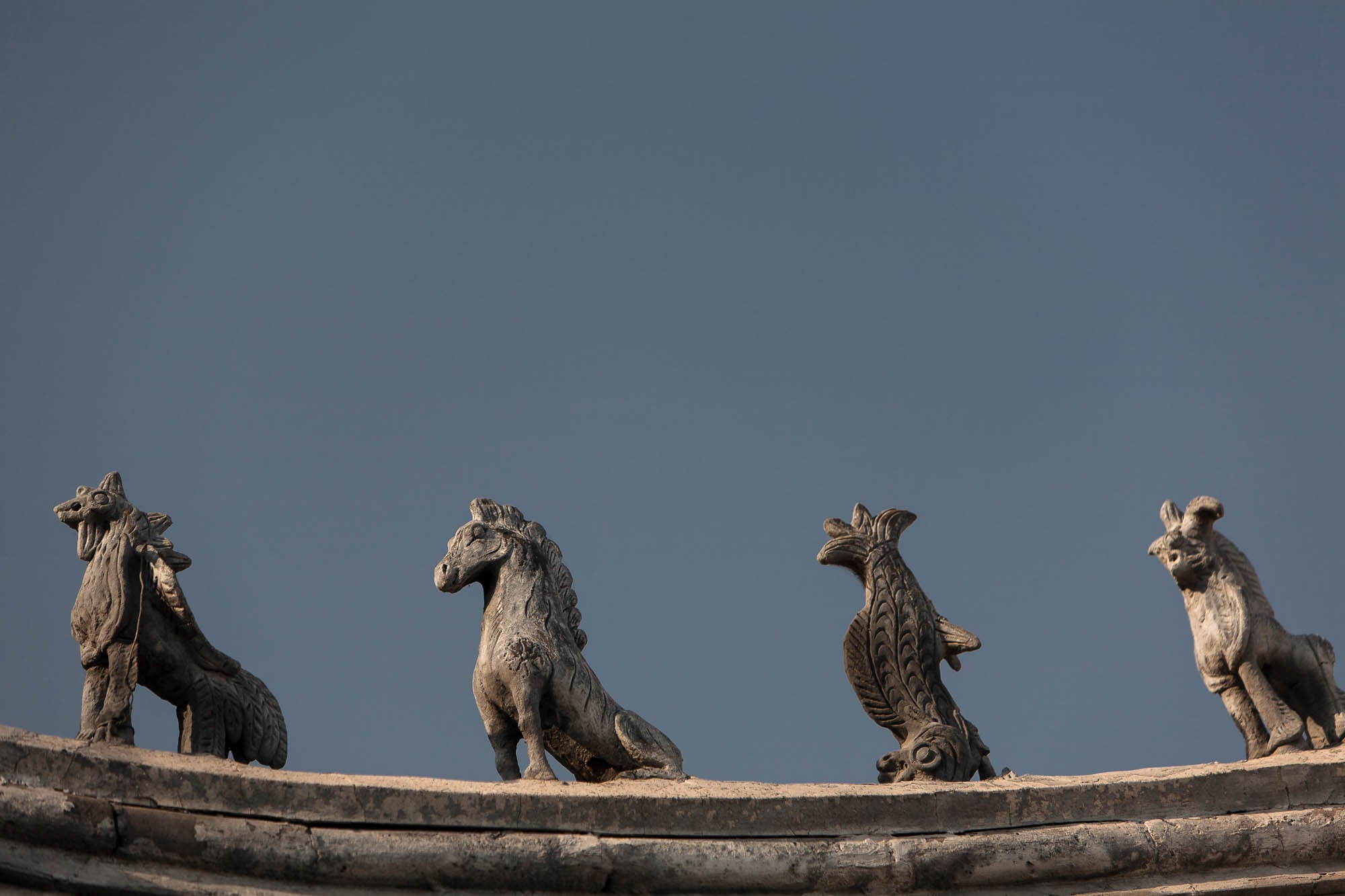
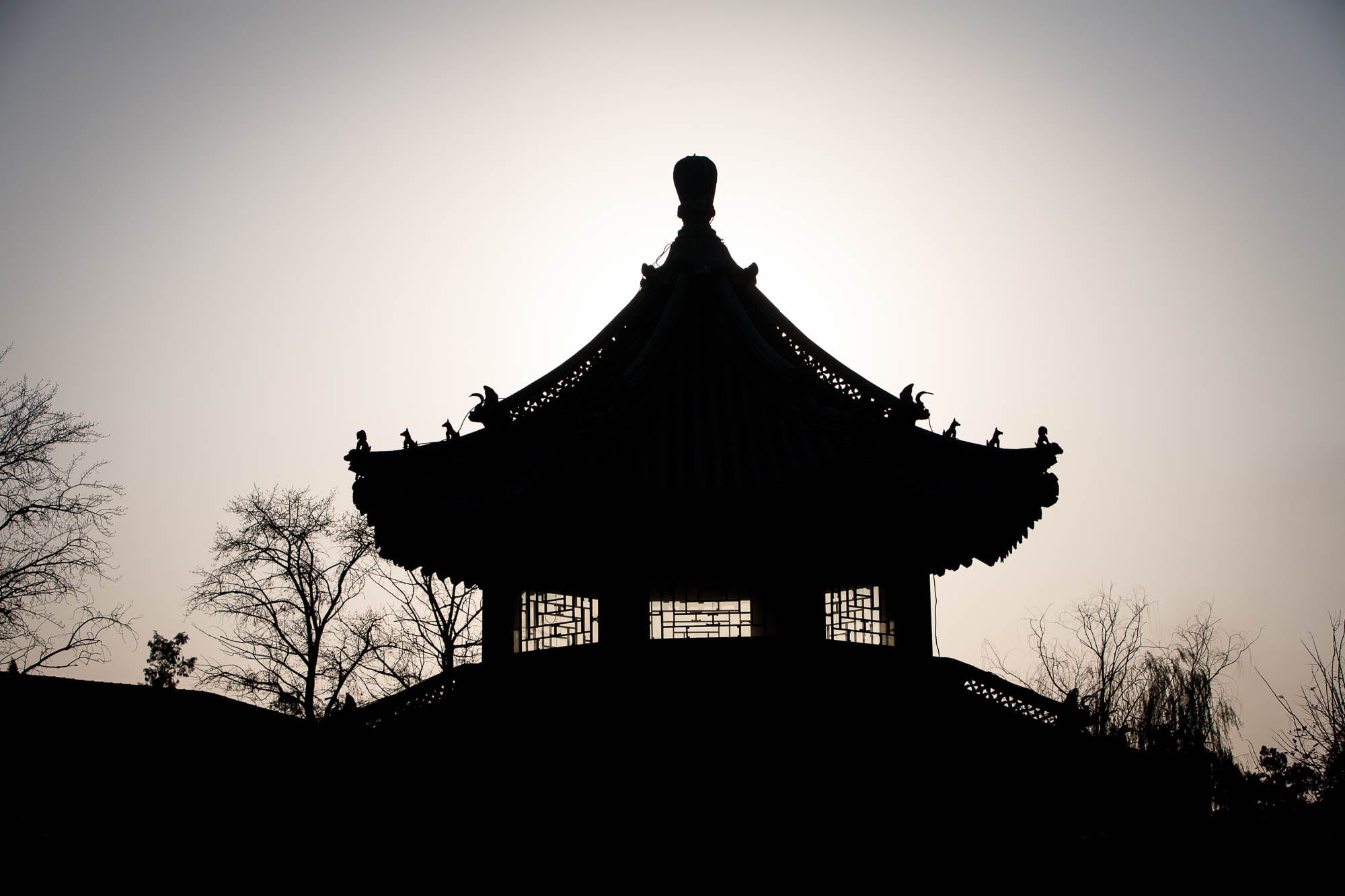
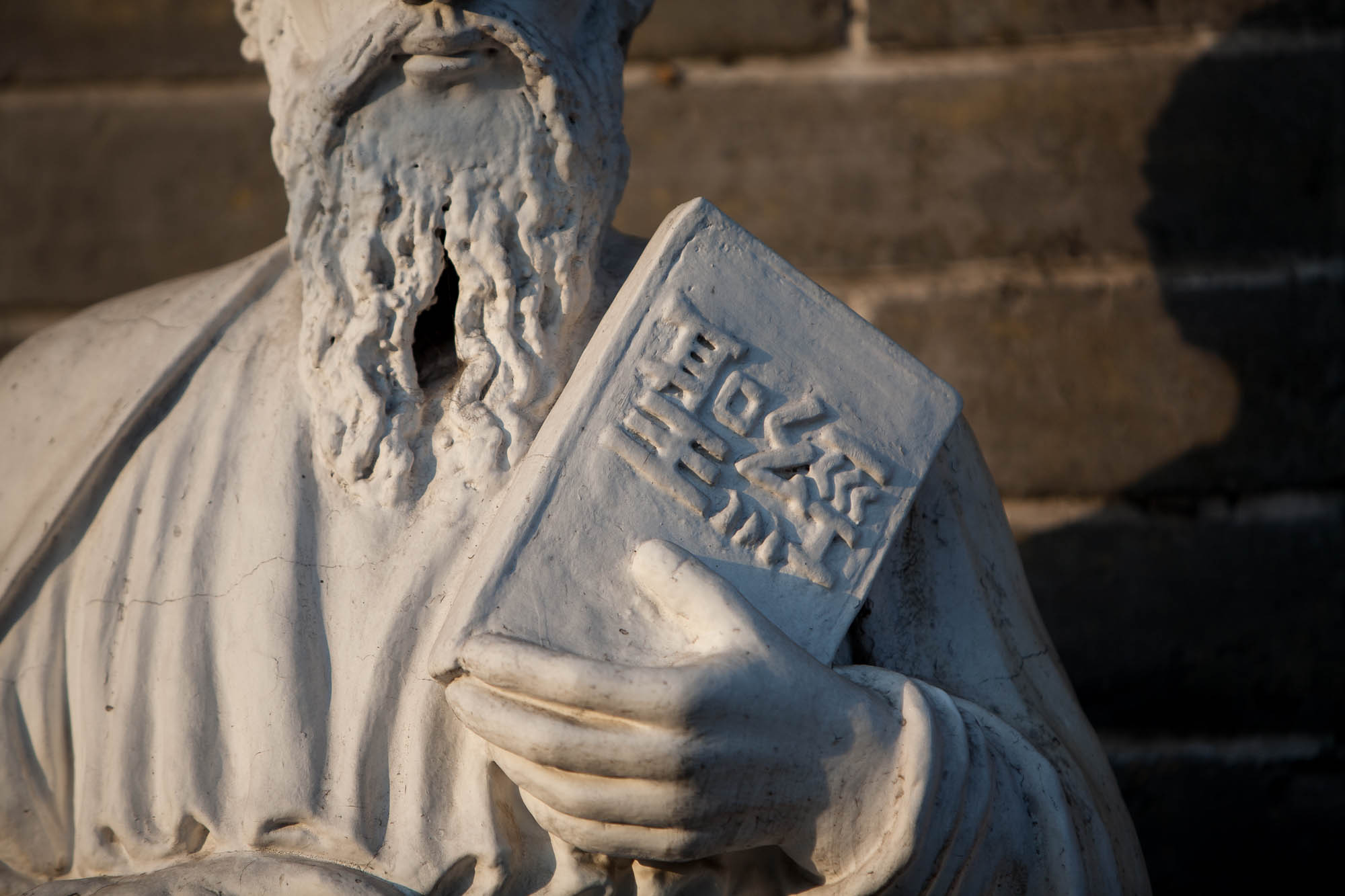
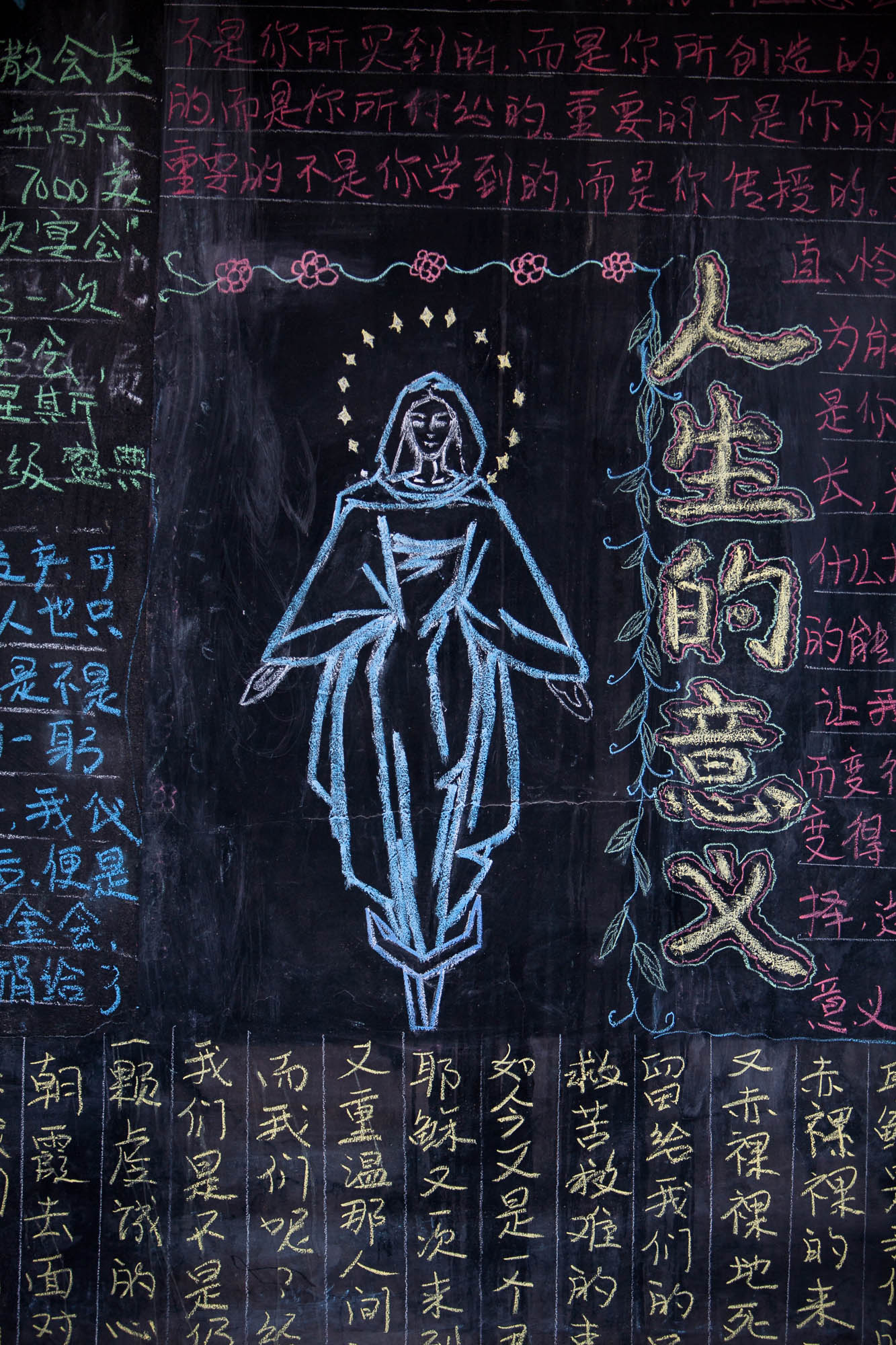
白昕
雷克:
有些人能清楚听见自己心灵最深处的声音,并按照这个声音生活,这样的人,不是疯了,就是成为了传奇。
你,雷克,就是在铸就你的传奇,支持你,雷克.
如果时间合适,明年秋天,我会和我的马队到新疆迎接你的到来,并与你同行.
libo
come on! 路上一切还顺利吧,,冬天出发比较消耗能量,多多补充啊!我们也刚从保定采风回来,可惜没有去到你去的地方。保定是一个旅游资源丰富的城市,值得多拍拍!一个人的旅行一定要多加小心,相信一路上会有很多朋友陪伴你帮助你的,呵呵,good luck!
Christoph
白昕:记得给我看你拍的照片,新疆见!!
libo: 对啊,你们怎么来保定也不告诉我一声?伤心!呵呵,下次有机会,你们带来一些好玩的摄影师吧,我们就一起采风!
眼睛
古建筑屋脊上,置放瓦质或陶质的兽形装饰,叫脊兽。
中国古建大都为土木结构,屋脊是由木材上覆盖瓦片构成的。檐角最前端的瓦片因处于最前沿的位置,要承受上端整条垂脊的瓦片向下的一个“推力”;同时,如毫无保护措施也易被大风吹落。因此,人们用瓦钉来固定住檐角最前端的瓦片,在对钉帽的美化过程中逐渐形成了各种动物形象,在实用功能之外进一步被赋予了装饰和标示等级的作用。除宫殿庙宇外民宅不得安兽。有功名的,由皇帝特批敕建。安兽之脊叫作“仪脊”,以示殊荣。
唐宋时,还只有一枚兽头,以后逐渐增加了数目不等的蹲兽,到了清代形成了今天常见的“仙人骑凤”领头的小动物队列形态。在小仙人之后,坐姿排列着一队小动物,根据建筑规模和等级不同而数目有所不同,多为一、三、五、七、九等单数。北京故宫的太和殿用到了十个,除了象征着皇权的至高无上外,大概也意味着只有皇帝才配享受到“十全十美”的待遇。在不同的建筑物上小动物的数目不等,用九个来举例,它们依次是:鸱吻(龙的九子之一)、凤、狮子、天马、海马、狻猊、押鱼、獬豸、斗牛。故宫太和殿在最后增加了一个行什。数目越多,表示级别越高。拿故宫来说,太和殿用了十个,天下无二;皇帝居住和处理日常政务的乾清宫,地位仅次于太和殿,用九个;坤宁宫原是皇后的寝宫,用七个;妃嫔居住的东西六宫,用五个;某些配殿,用三个甚至一个。
这些小兽代表的意义分别为:
1、鸱吻,喜欢四处眺望,因此在檐角的前面。
2、凤,象征尊贵、有圣德之人。据《史记•日者列传》:“凤凰不与燕雀为群。”凤是吉瑞的象征,亦是皇后的代称。
3、狮子,代表勇猛、威严。《传灯录》记载:“狮子吼云:‘天上天下,唯我独尊’。狮子作吼,群兽慑伏。”
4、天马、海马,象征着威德通天入海,畅达四方。
5、狻猊,古书记载是与狮子同类的猛兽,也有说为龙的九子之一。传说能食虎豹,有率从百兽之意。
6、狎鱼,是海中异兽,传说和狻猊都是兴云作雨、灭火防灾的神。
7、獬豸,古代传说中的猛兽,与狮子类同。《异物志》中说“东北荒中有兽,名獬豸”。传说能辨别是非曲直,独角,又有神羊之称,是勇猛、公正的象征。
8、斗牛,传说中是一种虬龙,据《宸垣识略》载:“西内海子中有斗牛……遇阴雨作云雾,常蜿蜒道路旁及金鳌玉栋坊之上。”传说是一种兴云作雨、镇火防灾的吉祥物。
9、行什,一种带翅膀猴面孔的人像。
Christoph
哦,好长的文章!
我得慢慢看。。。
是不是整个东西的种类叫“屋脊兽”?
Rindy
亲爱的,看来你走前应该给你上一堂中国建筑史的课.等我下次见你时慢慢教你吧.
看脊兽的数量能知道建筑等级的差别.中国数字里9是最高的,所以故宫的正殿角上就有9个,下回再去的时候好好数数.
Christoph
哈哈哈哈,好吧好吧,回去乖乖地研究一些孔孟 – 好恐怖啊!